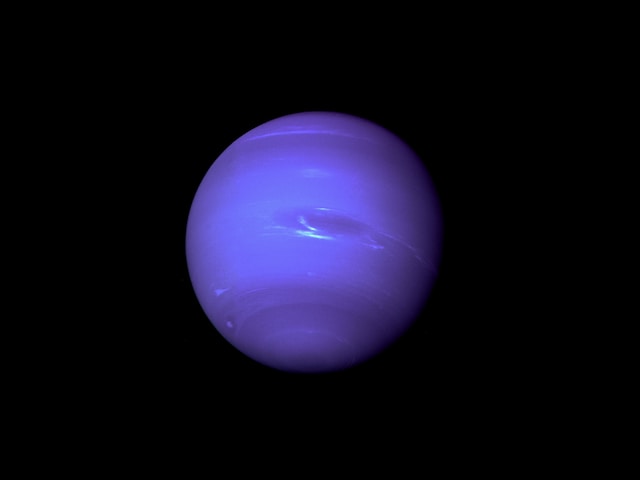The exploration of the existence of alien life is a fascinating and complex topic that has intrigued humanity for centuries. Here’s an overview of the various aspects related to this subject:
History
The idea of extraterrestrial life dates back to ancient civilizations, where they often depicted beings from the skies in their mythologies and art. However, the modern scientific exploration of this concept began with the advent of the telescope, allowing astronomers to observe celestial bodies in detail.
The history of alien theories and beliefs spans centuries, deeply rooted in human culture, religion, and science fiction. The idea of extraterrestrial life has evolved over time, influenced by cultural, scientific, and technological developments. Here’s a brief overview:
Ancient and Pre-Modern Beliefs
- Ancient Civilizations (circa 2000 BCE – 500 CE): Ancient cultures, such as the Sumerians, Egyptians, and Greeks, incorporated beings from the skies into their mythologies and religious texts. These beings were often considered gods or divine entities.
- Medieval and Renaissance (circa 500 – 1600 CE): During the Middle Ages and the Renaissance, ideas about extraterrestrial life were often intertwined with theological beliefs. Some interpreted celestial phenomena, such as comets and meteors, as signs from God or celestial beings.
Enlightenment and the Birth of Science Fiction
- 17th – 19th Century: As the scientific revolution gained momentum, astronomers like Giordano Bruno and Johannes Kepler speculated about the existence of other worlds and the possibility of life beyond Earth. However, these ideas were often philosophical or speculative.
- Late 19th – Early 20th Century: The rise of science fiction literature in the late 19th and early 20th centuries, exemplified by authors like H.G. Wells (“War of the Worlds”) and Jules Verne (“From the Earth to the Moon”), popularized the notion of extraterrestrial life in the public imagination.
Fermi Paradox
The Fermi Paradox is the apparent contradiction between the high probability of extraterrestrial civilizations’ existence and the lack of contact with such civilizations. Enrico Fermi famously asked, “Where is everybody?” This paradox continues to fuel speculation and research into the existence of alien life.
The Fermi Paradox is a thought-provoking question in the field of astrophysics and the search for extraterrestrial intelligence. Named after physicist Enrico Fermi, this paradox highlights the apparent contradiction between the high probability of extraterrestrial civilizations existing in the Milky Way galaxy and the lack of contact or evidence of such civilizations.

Background and Origins
Enrico Fermi, during a casual conversation at Los Alamos National Laboratory in 1950, famously asked, “Where is everybody?” He was referring to the high probability of intelligent extraterrestrial life existing in our galaxy, given its vastness and the potential for life-sustaining planets.
Key Elements of the Fermi Paradox
- Vastness of the Universe: The observable universe is incredibly vast, with billions of galaxies, each containing billions of stars and likely even more planets. The sheer number of potentially habitable planets suggests that the likelihood of life arising elsewhere is high.
- Hypothesized Abundance of Habitable Planets: Given the abundance of exoplanets discovered in the habitable zone of their stars, where conditions could support life, it’s reasonable to assume that some of these planets could harbor life.
- Expected Technological Advancement: Even if a small fraction of civilizations were to become technologically advanced, it’s projected that they could colonize the galaxy within a few million years—a relatively short timescale on cosmic scales.
Paradoxical Aspects and Possible Resolutions
Despite the high likelihood of extraterrestrial civilizations, humanity has not observed any conclusive evidence of their existence, which forms the paradox. Several potential explanations have been proposed:
- Rare Earth Hypothesis: Suggests that Earth-like planets and the conditions necessary for complex life are exceedingly rare in the universe.
- Great Filter Theory: Posits that there’s a critical step or set of challenges in the development of life, preventing the emergence or expansion of intelligent civilizations beyond a certain point.
- Self-Destruction: Proposes that advanced civilizations may self-destruct through war, environmental degradation, or other means before they can communicate or travel beyond their home planet.
- Transcendence: Suggests that advanced civilizations might reach a level of development where they move beyond the need for physical presence in the observable universe.
Drake Equation
The Drake Equation is a formula that attempts to estimate the number of active, communicative extraterrestrial civilizations in the Milky Way galaxy. It incorporates factors such as the rate of star formation, the fraction of stars with planetary systems, and the fraction of planets that could potentially support life.
Variations and Interpretations
The Drake Equation has seen various revisions and adaptations over the years, reflecting updated scientific knowledge and refined estimates for the parameters. Different researchers might modify the equation to incorporate additional factors or adjust the ranges and values for the existing parameters based on new data and research.
Criticisms and Limitations
- Parameter Uncertainty: Many of the parameters in the Drake Equation are uncertain and difficult to estimate accurately, making it challenging to arrive at a precise number for �.
- Single-Galaxy Focus: The Drake Equation only considers our Milky Way galaxy, but the universe contains billions of galaxies, each with potentially millions of habitable planets.
- Simplified Assumptions: The equation assumes that the factors are independent, which may not be the case. For example, the development of life and intelligent civilizations could be interconnected processes.
Exoplanets
The discovery of thousands of exoplanets (planets outside our solar system) has revolutionized our understanding of the potential for life beyond Earth. The Kepler Space Telescope and other instruments have identified numerous exoplanets, some of which are in the habitable zone where conditions could be right for liquid water and life.

Methods of Detection
- Transit Method: Observing slight dimming of a star’s light when an exoplanet passes in front of it, providing information about the planet’s size and orbit.
- Radial Velocity Method: Detecting small variations in a star’s spectral lines caused by the gravitational pull of an orbiting exoplanet.
- Microlensing: Utilizing the gravitational lensing effect to detect exoplanets as they pass in front of background stars, causing a temporary increase in brightness.
- Direct Imaging: Capturing direct images of exoplanets using advanced telescopes, though this method is challenging due to the brightness of stars compared to the dimness of planets.
- Gravitational Microlensing: Observing light bending around a massive object (e.g., a star or planet), revealing the presence of exoplanets even at great distances.
Types of Exoplanets
- Hot Jupiters: Gas giants similar to Jupiter but located close to their parent stars, resulting in high temperatures.
- Super-Earths and Mini-Neptunes: Planets larger than Earth but smaller than Uranus and Neptune, with a wide range of compositions.
- Earth-Like and Habitable Zone Planets: Planets with conditions potentially suitable for liquid water, a key ingredient for life as we know it.
- Rogue Planets: Planets not bound to any star and drifting through space.
Extremophiles
On Earth, extremophiles are organisms that thrive in extreme environments previously thought to be inhospitable to life, such as deep-sea hydrothermal vents, acidic hot springs, and deep underground. The existence of extremophiles raises the possibility of life existing in extreme conditions on other planets or moons.
Significance and Research
- Origin of Life and Astrobiology:
- Extremophiles provide insights into the possible types of life that could exist in extreme environments on other planets or moons within our solar system and beyond.
- Biotechnology:
- Extremophiles have enzymes and proteins with unique properties that have applications in various industries, including bioremediation, pharmaceuticals, and industrial processes.
- Climate and Earth’s History:
- Understanding how extremophiles survive in extreme conditions can help in reconstructing Earth’s early history and its potential for life in harsh environments.
- Evolutionary Biology:
- Studying extremophiles provides insights into the evolution and adaptability of life, showing the remarkable diversity of life forms on Earth.
- Environmental Impact:
- Extremophiles play a role in environmental processes such as the breakdown of pollutants and the cycling of elements in extreme environments.
Wrapping Up
In summary, while there is no direct evidence of extraterrestrial life to date, the exploration of this topic continues to be a significant area of scientific inquiry, and advancements in technology and space exploration may shed light on this enduring question in the future.










